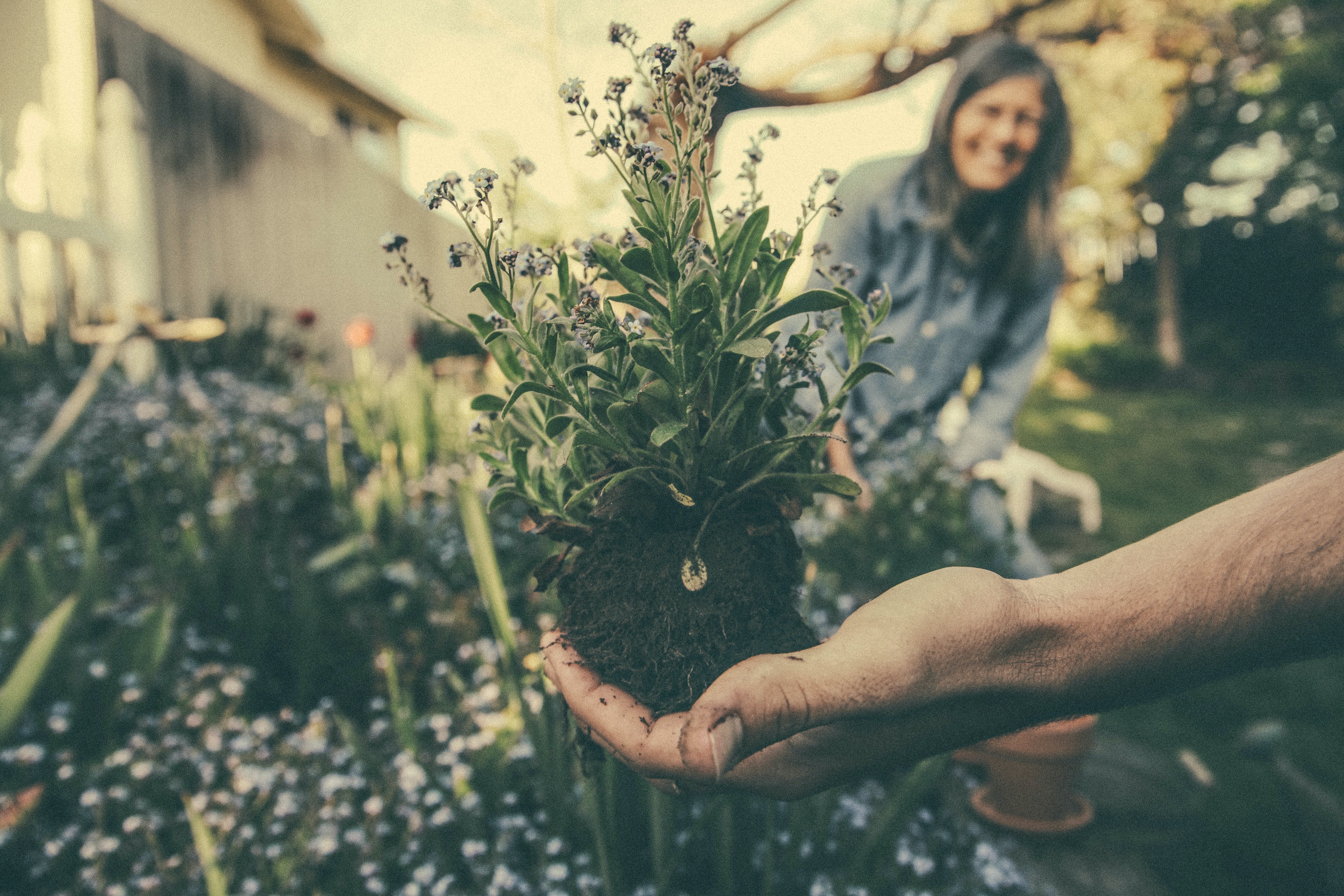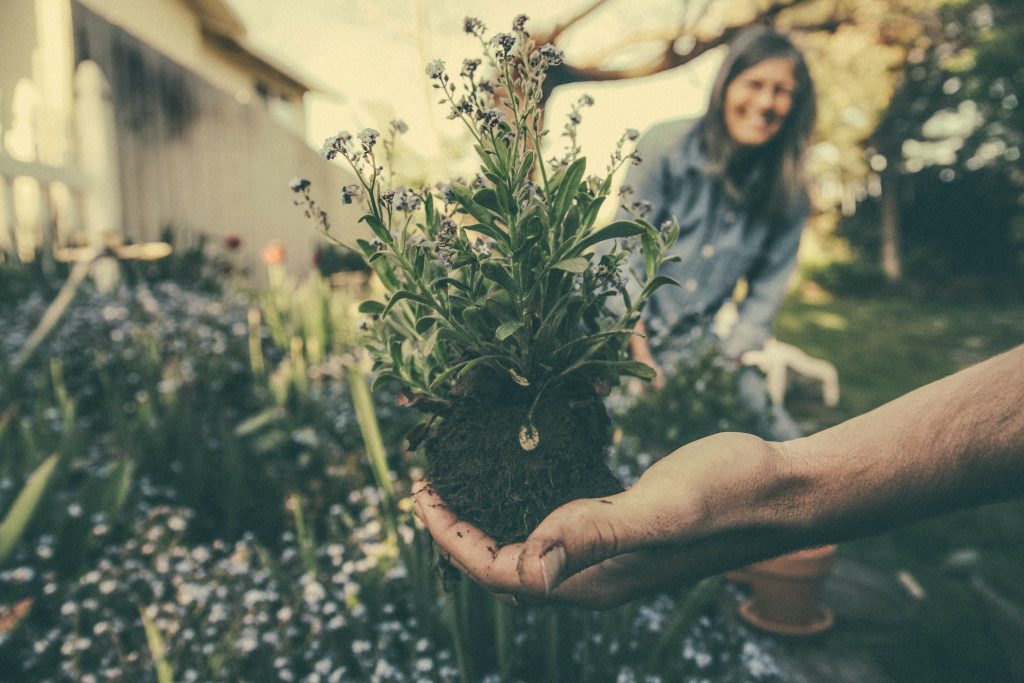
Get your Garden Spring-Ready
by Kerwyn Fourie, Chairperson of the Guild of Landscape Designers, Director and Co-Owner of Purple Turtle Concepts
Winter is soon coming to an end and spring madness is quickly approaching. Good times, warm weather and ‘socially distanced’ South African braais are hopefully around the corner. This shouldn’t, however, distract you from what you need to do to get your garden ready for the season too. I’ve put together a little ‘To-do list’ of the more important tasks to help you get started.
Clean Up
First and foremost, before spring makes landfall, is clean up. Now is the time to clean and maintain garden tools and machinery, as well as cleaning out and organizing the shed or garage. This will make it a lot easier when you really get stuck into the garden and help you determine if you need to stock up on any compost, fertiliser, mulch, potting soil, etc.
Clearing out any weeds or debris from beds and plants is also part of cleaning up. Fresher leaves and twigs can go on to the compost heap while weeds can be thrown away. The soil tends to compact during Winter, so lightly till and mix in any older leaves directly into the soil.
Clean up tip: Avoid tilling your soil every week. This not only damages the soil structure and plants roots, but also completely ruins and kills the soil’s micro–organism network that assists and protects your garden. A light till every few months will do to loosen and aerate soil.
Prune
Pruning can still be done just before spring, specifically roses and any other plants that flower on new growth. Prune these types of plants by the end of July or early August in warmer areas and mid to late August in colder areas.
Prepare
Prepare general flower beds and vegetable gardens by mixing in a healthy dose of compost. Divide perennials and bulbs to fill empty gaps and to ensure fresh, new growth. Get started on your seedlings so they are ready in time for spring, in general these should be kept indoors or in a greenhouse, if you have one, until the risk of frost passes.
A good idea is to scarify your Kikuyu and Cynodon lawns every couple of years to remove thatch build–up and to reinvigorate it. This should be done at the beginning of spring. Also, if you can manage the expense, mulching your pots and flower beds will go a long way to protecting your plants from any long, hot and dry periods we may experience in spring and summer.
Preparation Tip: Do not fertilise during autumn and winter. This is the time for the plants to rest and go dormant. The only plants you should feed during the colder months are your autumn/winter growing or flowering plants, herbs and veggies.
See the South African Sign Language interpretation of this article below:
Need help with your garden? We can help.



